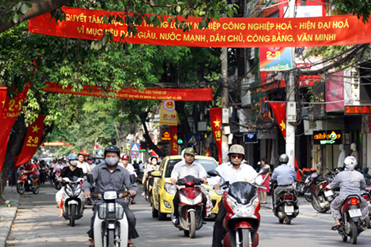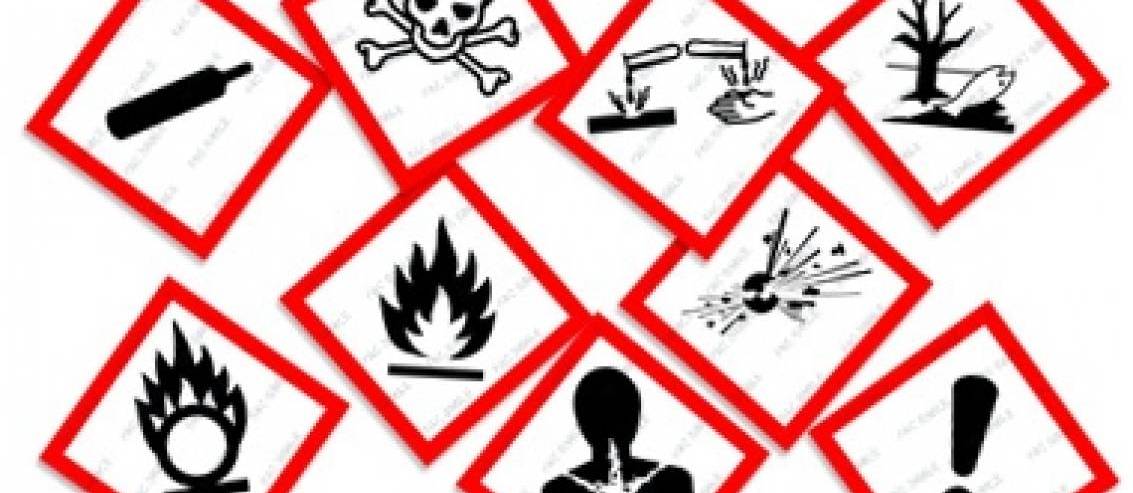If the company declares bankruptcy, employees can be paid salaries and other allowances; or may not be paid depending on the assets of the business at the time of bankruptcy.

Vietnam: Shall employees be paid the salaries owed if the Company goes bankrupt? (Illustration)
According to the provisions of the Law on Bankruptcy 2014, bankruptcy is a legal status of an insolvent entity that is declared bankrupt by the People’s Court. An insolvent enterprise means an enterprise that fails to fulfill its debt payment obligation within 3 months from the due date of payment. Therefore, if the Company is late in paying the employee's salary for 3 months in accordance with the labor law, the employee can file a petition to open bankruptcy proceedings.
The order and procedures for enterprise bankruptcy are regulated by the Law on Bankruptcy 2014 according to the following six basic steps: Filing a request to open bankruptcy proceedings; the court accepts and considers the bankruptcy petition; opening bankruptcy proceedings; convene the creditors' meeting.; business recovery; issue a decision to declare the enterprise bankrupt and execute the decision.
According to regulations, the creditors' meeting is the place where creditors can choose to request the Court to suspend the settlement of the request for opening bankruptcy proceedings if they fall into the cases specified in Clause 1, Article 86 of the Law on Bankruptcy 2014, or propose the application of measures to restore production and business to the enterprise, or the creditors may unanimously issue a resolution requesting bankruptcy. In the case of a bankruptcy proposal, the Court will declare the enterprise bankrupt. The civil judgment enforcement agency shall base itself on the court's decision to declare bankruptcy of the enterprise to carry out procedures for handling the remaining assets of the enterprise and to distribute assets to the creditors that include employees whose wages are owed by the enterprise.
However, not in all cases, employees whose wages are owed by an enterprise will be paid when the enterprise is declared bankrupt. Because, according to the provisions of Clause 1, Article 54 of the Law on Bankruptcy 2014, the order of distribution of assets of enterprises after bankruptcy is as follows:
1. Cost of bankruptcy
2. The unpaid salaries, severance pay, social insurance and medical insurance to employees, other benefits according to the labor contracts and collective bargaining agreements;
3. Debts incurred after the initiation of bankruptcy which are used for resuming the business operation.
4. Financial obligations to the Government; unsecured debts payable to the creditors on the list of creditors; secured debts which are not paid because the value of collateral is not enough to cover such debts.
Thus, the assets of the enterprise will be enumerated and distributed in the order specified above. If the enterprise still has assets to pay to employees after paying all bankruptcy costs (including costs of asset managers, enterprises managing and liquidating assets, auditing costs, expenses for newspaper and other expenses as prescribed by law), the employee will receive his salary and other amounts in accordance with the rights that the employee is entitled to according to regulations. If the business no longer has the assets to pay the bankruptcy costs, the employee is at risk of losing this unpaid salary.
Bao Ngoc
 Article table of contents
Article table of contents





.Medium.png)
.Medium.png)
.Medium.png)
.Medium.png)
